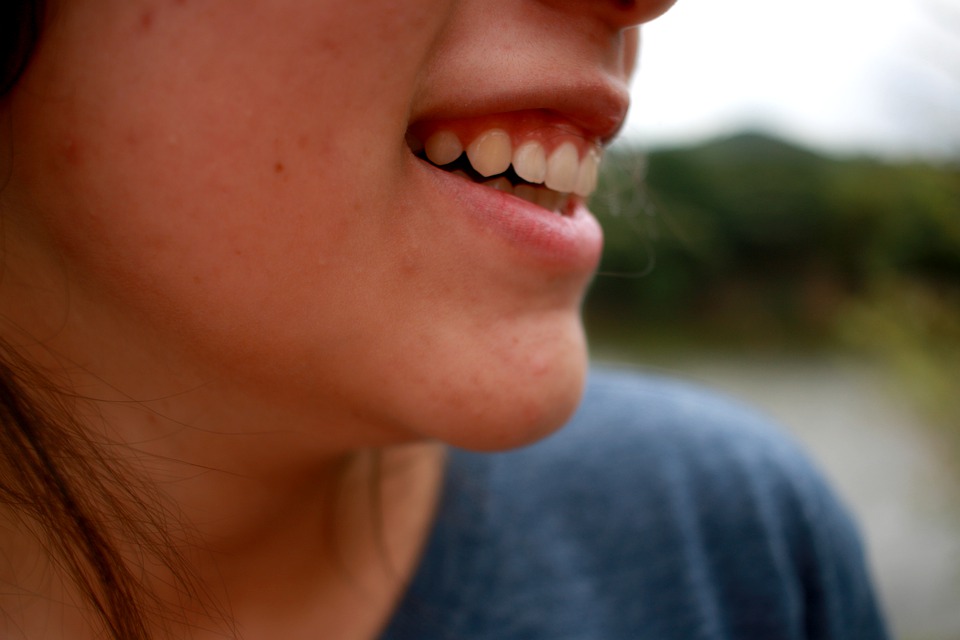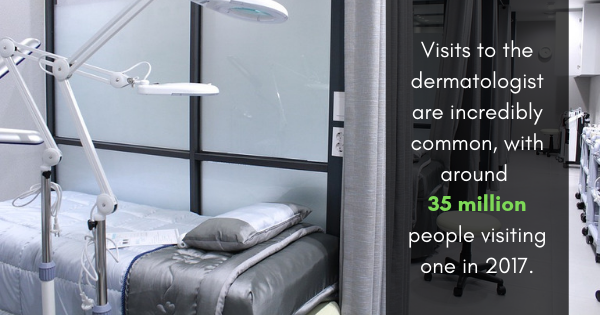
Cryotherapy Treatment: What (and Wart) to Expect
Wondering whether removing warts with cryotherapy is a good idea? Here’s everything you need to know about this very “cool” approach.
Applying extremely cold substances to your skin might sound like a drastic measure for blemish removal, but you may be surprised to learn that this practice is completely safe and has been used by dermatologists for decades.
Cryotherapy — which is used to treat a variety of skin conditions and some other diseases and disorders — is especially popular as a method of wart removal for a reason: it’s very likely to get the job done when other methods aren’t successful. In this guide, we cover the basics of cryotherapy and what to expect if you plan to undergo the treatment yourself.
What Is Cryotherapy?
When used to treat warts, cryotherapy is normally performed in the doctor’s office and involves the application of liquid nitrogen to the affected area. The entire procedure usually takes less than a minute, and is often a second resort for patients who have found salicylic acid treatment to be ineffective, or for patients who need their warts removed quickly. Cryotherapy has an initial success rate of 50%, meaning that two or three treatments may be needed to completely remove the wart.
Cryotherapy is unlikely to leave a scar, but if the wart is fairly thick, than the nerves surrounding it may become damaged from repeated treatments, potentially resulting in a longer healing time. There is also a small chance of infection with cryotherapy, and symptoms include fever, increased pain, redness, and discharge. In rare cares, cryotherapy may result in numbness or tingling.
How Does It Work?
So you’ve opted for cryotherapy. Now what?
Here’s what you can expect when you visit the dermatologist for your appointment:
- Liquid nitrogen is sprayed onto the wart or applied with a cotton swab, which should only take 10 to 20 seconds to apply. This is usually done twice to each wart. Liquid nitrogen, as you might have guessed, is exceptionally cold, and patients should be prepared for the strong sting that accompanies such extreme temperatures. Younger patients who receive this treatment may find the procedure particularly uncomfortable, and the treated area will be sore for 1-2 days after the procedure has been completed.
- For the majority of patients, liquid nitrogen will produce blisters on the areas to which it is applied. Depending on the wart’s location and the thickness of the skin surrounding it, the blister will either form quickly or take longer to appear, and sometimes may appear crusty or even scab-like.
- The blister should dry up after 4 to 7 days, but the skin surrounding the treated area will most likely continue to be slightly sore for days or weeks afterwards.
- The area surrounding the wart will typically take on a lighter color and may require several months to fully heal. For warts that are on or around the fingernails, there may be temporary changes in the texture of the nail, which may manifest as bumps and grooves.
- It’s common for part of the wart to remain after the treatment has been completed, and sometimes smaller warts will develop around the one that’s already been treated. If you experience this, your dermatologist will schedule a follow-up appointment and may need to administer another round of liquid nitrogen treatments.
It’s important to bear in mind that cryotherapy can be a painful treatment and is usually fairly expensive. Before making the decision to undergo the treatment it’s advisable to consult a dermatologist.










No Comments
Sorry, the comment form is closed at this time.